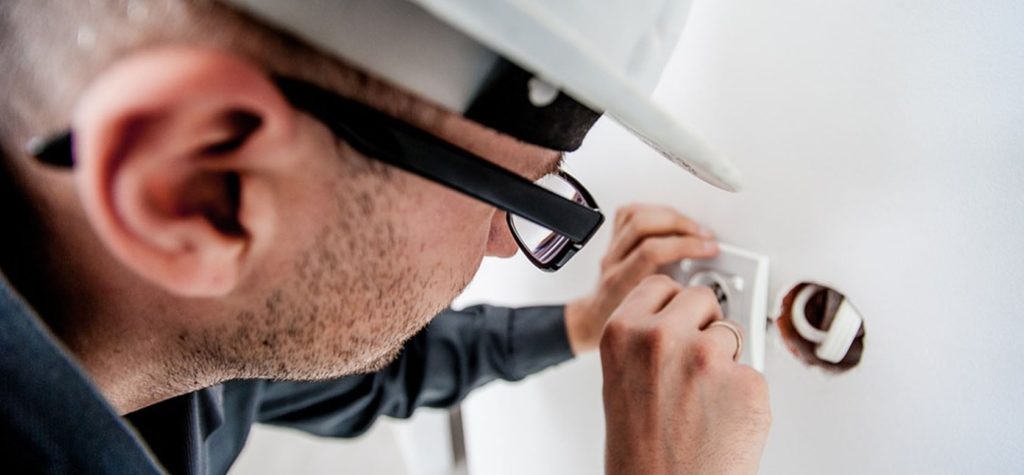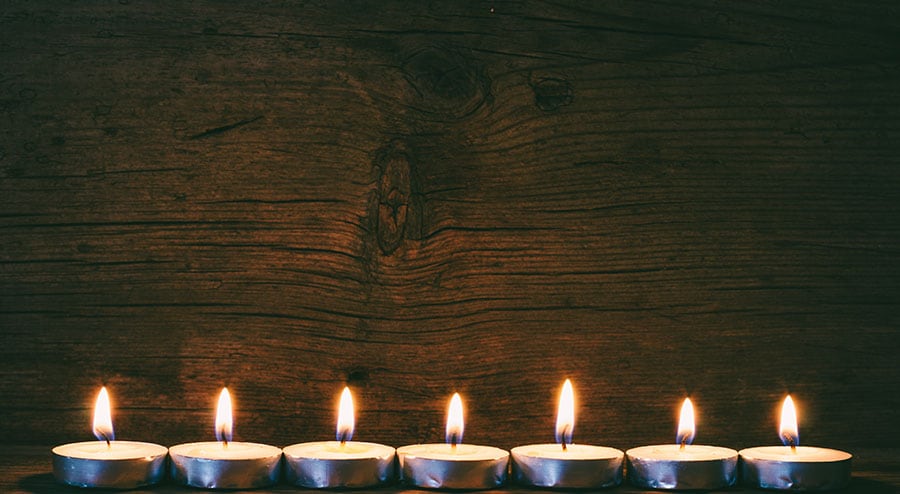When ensuring the fire safety in the home and in general for our kids, the first and the last point on any parent’s list is preparation. Think in advance, pay attention to details and always prepare your kids for any type of emergency. Also, everyone in your home, including the kids, should be aware of fire hazards and the ways a fire can burst in the house or at school.
We all know that the best way for anyone to learn anything is repetition and, in this case, it is important to practice fire safety with your kids often and in a manner that will suit them. Try making a game out of it or a family activity. Even though there will come a time where, because of their age, they might be unwilling to participate any more, they will still have all the safety protocols ingrained in them.
If you are prepared and take care of prevention, detection, and all protocols in advance, you will place the fire hazard of your home to a minimum and, even in the case of an accident, you may be certain that your family will have the best chances to come out of the situation unharmed.
Prevention
The same way it is much easier to prevent a medical issue than to treat it, it is much easier to prevent a fire from catching than to put it out once it starts. If you live in a home with children, it is imperative that you keep fire hazards to a minimum, knowing all the possibilities that an appliance, open flame or an installation can put your home in danger.
As most of the household appliances now have a built-in fire prevention system, all you need to do is to use them responsibly and to keep them out of reach of your kids. When explaining the fire hazards to your kids, make sure that the explanation is appropriate for their age so that they can follow it to the best of their abilities. In all cases, you will need to focus on several different fields and also adopt the recommendations to your home and lifestyle.
Matches And Lighters
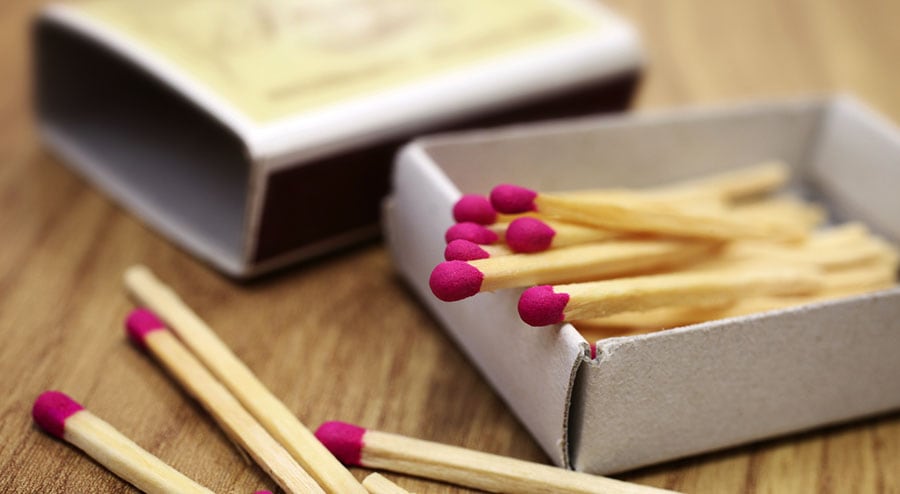
Stoves, Braziers, Barbeques, And Open Flames
All open flames must be put out after use and stored in a safe place. For braziers and other decorative flames, it is best to put them into storage until the children grow to a certain age where they will understand the dangers of such fixtures. Candles and other open flames should never be left unattended where there are children and should be extinguished and placed in an unreachable place. Stoves should be supervised when in use, and if you are using a gas stove, turn off the gas intake on the main valves if you are leaving the house with your children inside.
Electrical Fixtures
Place caps on all of your electrical fixtures and make sure that they are exchanged for safety fixtures. This should be done especially in households with small children as, besides being a fire hazard, at that age, they are also a safety concern and should be dealt with. Teach your children that when leaving the home for a longer period of time, everyone should turn off the main switch of the house, until you return.
Appliances
As mentioned, most appliance manufacturers today have in mind preventing their product from being a fire hazard. This doesn’t mean that appliances should be left around unattended and you should always store them after use. Never leave an appliance plugged in for use and if you have smaller children, keep all electrical appliances out of their reach.
Heaters
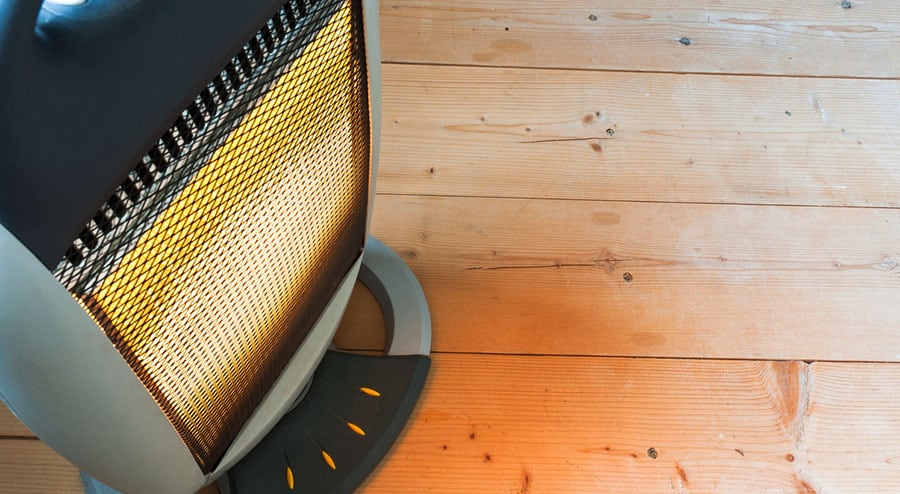
Last but not least, most fires occur because of improper use of heating bodies. Even though they are not as much of a fire hazard on their own as they do not create an open flame, the disregard of users is what makes a simple radiator into a ticking fire hazard. Place all your heating appliances away from any flammable materials. If you follow all these steps for prevention, you can be certain that your children will be safe and sound.
Detection
Even when you do everything you can in the way of prevention, the name of the game when it comes to fire safety is redundancy. Making more systems that will cover each other in case that one of them fails. Most of the time the cause of a fire in the home is human error, which can be prevented with a mindful approach to fire hazards.
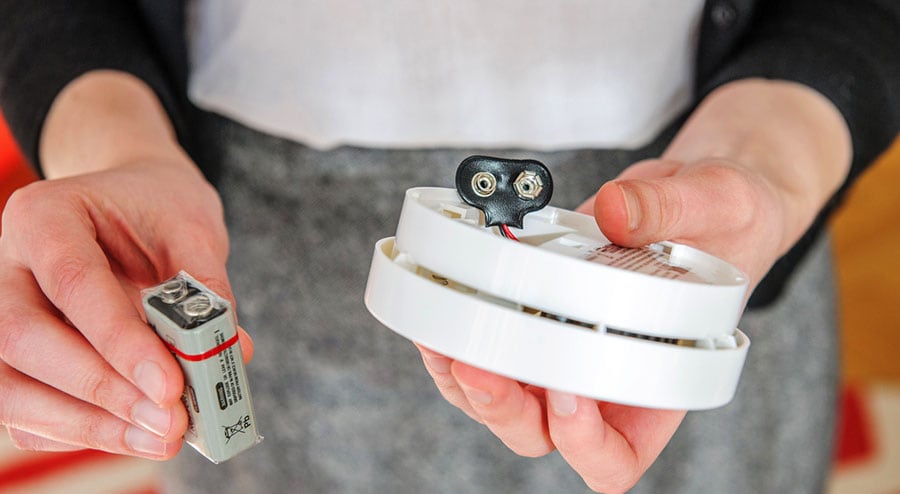
But, in some cases, it is impossible to see the flaws in installations or a faulty appliance and that is where detection comes into play. The primary fire detection method is the smoke alarm, the round device that will make a loud noise if there is any smoke in the room. Several things to know about smoke alarms is that it should be tested once a month to see if it works by just lighting a match some six inches under the alarm.
Also, the batteries in the alarm should be changed at least once a year and the whole alarm should be changed every ten years. It is best to keep a smoke alarm in every room, but if this is impossible, you should at least have one on every floor. The second user device is a carbon monoxide sensor, which should be kept in the garage, next to the staircase, and in the kitchen, but at least one should be in the house.
Carbon monoxide is very dangerous as it cannot be sensed in any way. If you hear the CM alarm going off, just leave the building and get to the open. Never should anyone sleep in any room that is prone to monoxide leaks, as it could prove fatal.
Escape Plan
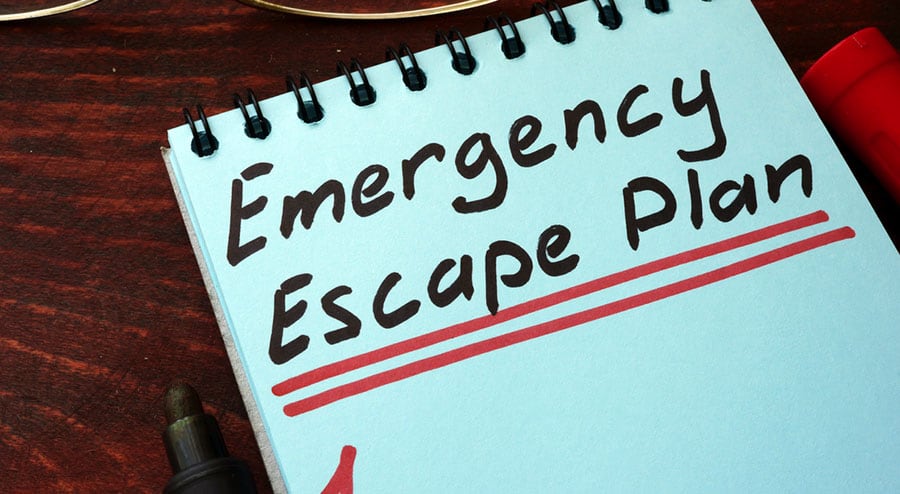
After you have detected the fire, you need to place as much distance between you and your family and any danger. This is best done by devising and practicing an escape plan from your house with your whole family, including your children. Every good escape plan consists out of four parts: The reaction, the layout, the exit, and the meeting point.
The reaction is how every person in the household should act one the smoke alarm sound off or someone sees the fire. Where do you go, what do you do and how. You should know to always keep low, under the smoke, don’t open doors with hot doorknobs and don’t open a window in the room where there is an open flame.
The layout of your house is the second thing you need to look into when making an escape plan, creating routes and backup routes in cases that there is a fire. There should be at least two exits from your home in case of a fire and it is advisable that there are two exits out of each floor of the building if you are in a house. If you live in a two-story house, plan the exit out of the second floor in case the stairs are unusable.
In the end, your family should know to meet in front of the house where the fire department and assistance will arrive to provide any help that you may need. This is especially important for larger families so that a head count could be made to make sure everyone is safe.
Assistance
Don’t call the fire department from a burning building. Exit the building as fast as you can and then use your mobile phone to dial 911. If you don’t have a mobile phone on you, go to the neighbor’s house and use their phone. Don’t return to a burning building at any cost. Once you are outside, call 911 and inform the operator of your city, your address and the phone number that they can reach you. Be sure that your children have this same information in case that they are in a dangerous situation without your supervision.
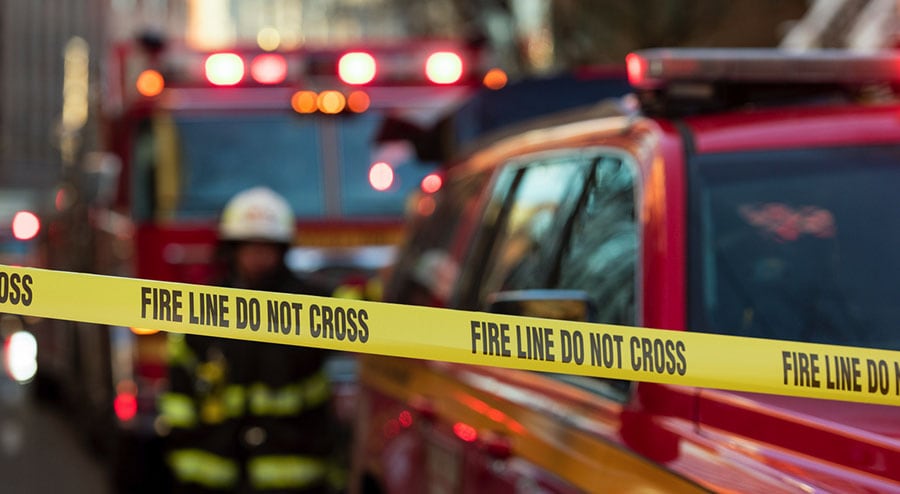
If you hear the smoke alarm, exit the building and try to see if there is a fire present. If you don’t see a flame, inform the fire department about the severity of the situation, but do not return to the home. A professional will come and check if everything is clear for you to return. Never should you call 911 if there is no emergency—prank calling deprives the emergency services of precious time, and the time spent on your prank call could be the time needed to save someone else’s life.
Stop, Drop, And Roll
This should be mentioned every time there is a discussion about fire safety. Don’t run, don’t panic, people are rarely injured by fire, but much more often by smoke. If any piece of your clothing has caught on fire, stop where you are, drop to the floor with your hands covering your face and roll until the fire is put out.
This Very Simple And Often Mentioned Technique Has Saved Many Lives And Is Very Easy To Master. Stay Safe.
Sources
- https://alldonemonkey.com/2014/09/29/fire-safety-kids-make-fire-safety-plan/
- http://www.woodard247.com/about-us/blog/fall-fire-safety-tips-children-families.html
- https://firemarshal.ks.gov/division/prevention/2015/04/03/blaze-starts-blogging-about-fire-safety-for-kids-on-pawsforprevention.org-blog
- https://www.homeadvisor.com/r/fire-prevention-preparedness-and-recovery/
- http://www.reviewlab.com/child-safety-guide/


